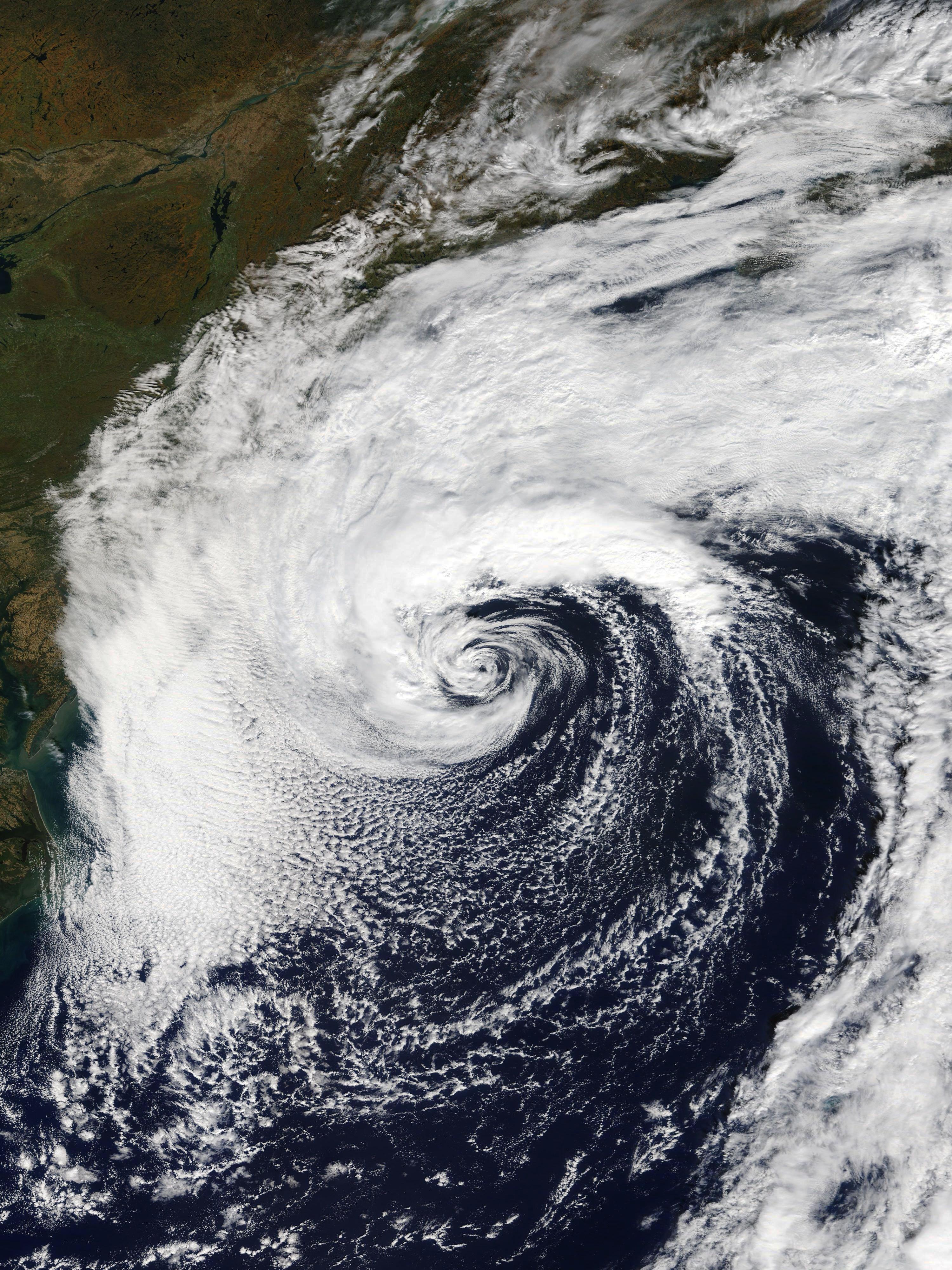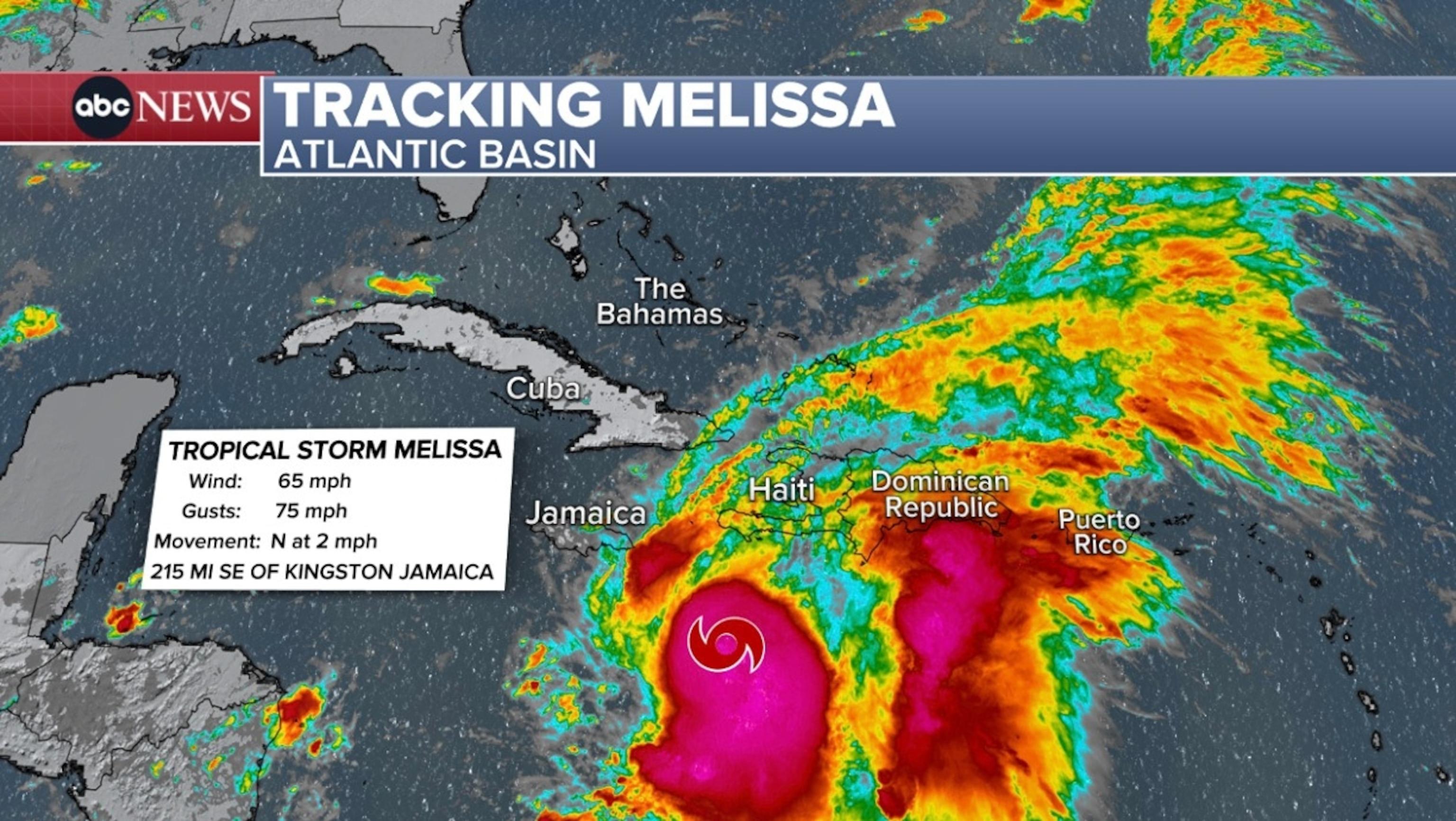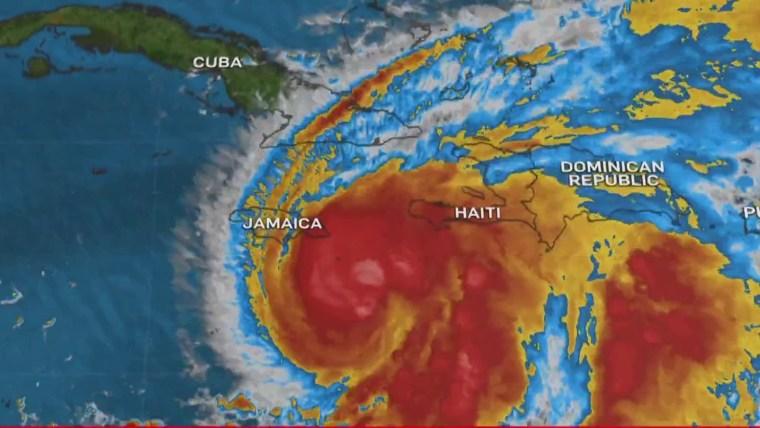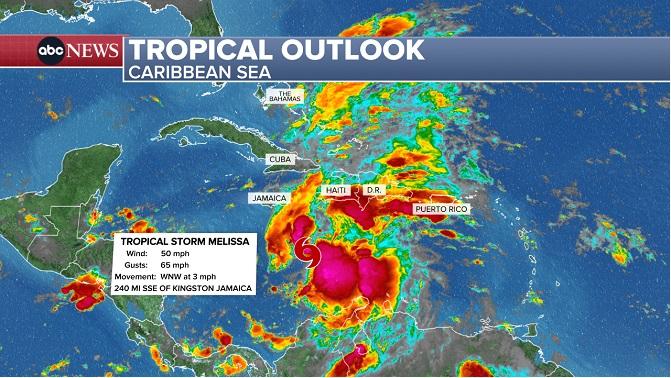Tropical Storm Melissa Gains Strength as It Approaches Hurricane Status
Tropical Storm Melissa is on an upward trajectory as it inches closer to hurricane classification, creating heightened concerns across the Caribbean. Meteorologists have noted a significant increase in the storm’s wind speed, now gusting at 60 mph, wiht sustained winds expected to intensify in the coming days. The storm’s current path suggests it could impact several island nations, compelling residents to prepare for the possibility of severe weather. Authorities have been monitoring the situation closely, and emergency services are on alert.
The primary threat associated with Melissa will be the torrential rain that may accompany the storm, potentially resulting in dangerous flooding conditions. Key considerations include:
- Flash Flood Warnings: Coastal communities should remain vigilant for rapid changes in weather.
- Infrastructure Readiness: Local governments are assessing drainage systems and preparing roadways for heavy flow.
- Public Preparedness: Residents are urged to stock essential supplies and remain informed through official channels.
As Melissa continues its march through the Caribbean, both residents and officials must remain poised for action, ensuring safety and readiness in the face of unpredictable weather conditions.

Impacts of Melissa: Anticipated Rainfall and Wind Speeds Across the Caribbean
Tropical Storm Melissa is rapidly intensifying, and forecasters are warning of severe weather patterns that could lead to significant impacts across the Caribbean. As Melissa approaches various islands,communities are bracing for anticipated rainfall totals that could exceed expectations,with projections indicating:
- Up to 10-15 inches in isolated areas.
- A widespread 4-8 inches across most affected regions.
- Potential for flash flooding, particularly in low-lying areas.
Alongside the rainfall, wind speeds are expected to escalate dramatically as the storm strengthens. Forecasts suggest that coastal areas will experience:
- Gusts reaching 40-60 mph, potentially causing downed trees and power lines.
- Dangerous surf conditions that could create hazardous beach and boating conditions.
- Increased risk of tornado formation in localized storms within the tropical cyclone’s outer bands.

Emergency Preparedness: Essential Steps for Residents in Affected Areas
As Tropical Storm Melissa approaches the Caribbean with the potential to escalate into a hurricane, residents in affected areas must take immediate action to protect themselves and their families. It is crucial to assess your current situation and prepare accordingly. Begin by creating an emergency plan that includes communication strategies, evacuation routes, and designated meeting points. Ensure all family members are aware of this plan, and practice it if possible. Stock up on essential supplies, which can include:
- Non-perishable food that can sustain you for at least three days
- Water (one gallon per person per day)
- First-aid kit to handle injuries
- Flashlights with extra batteries
- Battery-powered radio to stay updated on weather alerts
Additionally, securing your home is imperative. Inspect your property for items that could become projectiles in high winds and either anchor them down or bring them indoors. Clear gutters and downspouts to prevent water damage, and stock up on tarps and sandbags to mitigate flooding. Pay attention to local authorities and heed evacuation orders when issued. Understanding your community’s response plan can considerably impact your safety, so familiarize yourself with available resources like shelters and emergency services before the storm hits.

Post-Storm considerations: Recovery and Community Support Strategies
In the aftermath of Tropical Storm Melissa, communities in impacted regions will be faced with the daunting task of recovery. The first step will involve assessing the extent of damage and identifying immediate needs. Local governments and organizations should prioritize safety assessments, ensuring that homes and public infrastructure are secure for residents. Essential services such as electricity, water, and healthcare must be restored promptly. Here are some critical actions to consider:
- Conduct damage assessments to establish the most affected areas.
- Mobilize emergency response teams to provide immediate assistance and support.
- Establish communication channels to disseminate information about resources and recovery efforts.
- Coordinate with non-profits and local businesses to gather supplies and support.
Community support strategies are crucial during this transitional phase. Engaging residents in recovery efforts fosters resilience and a sense of unity. It is indeed imperative to leverage local networks and resources to create a sustainable pathway to recovery. Community meetings can be organized to gather feedback and involve residents in decision-making processes. Key initiatives that can be implemented include:
- Creating volunteer programs to assist with cleaning and rebuilding efforts.
- Developing a resource hub for survivors, providing access to food, shelter, and mental health services.
- Mapping out recovery plans that incorporate community input and long-term strategies.
- Promoting local businesses to stimulate economic recovery and support livelihoods.
